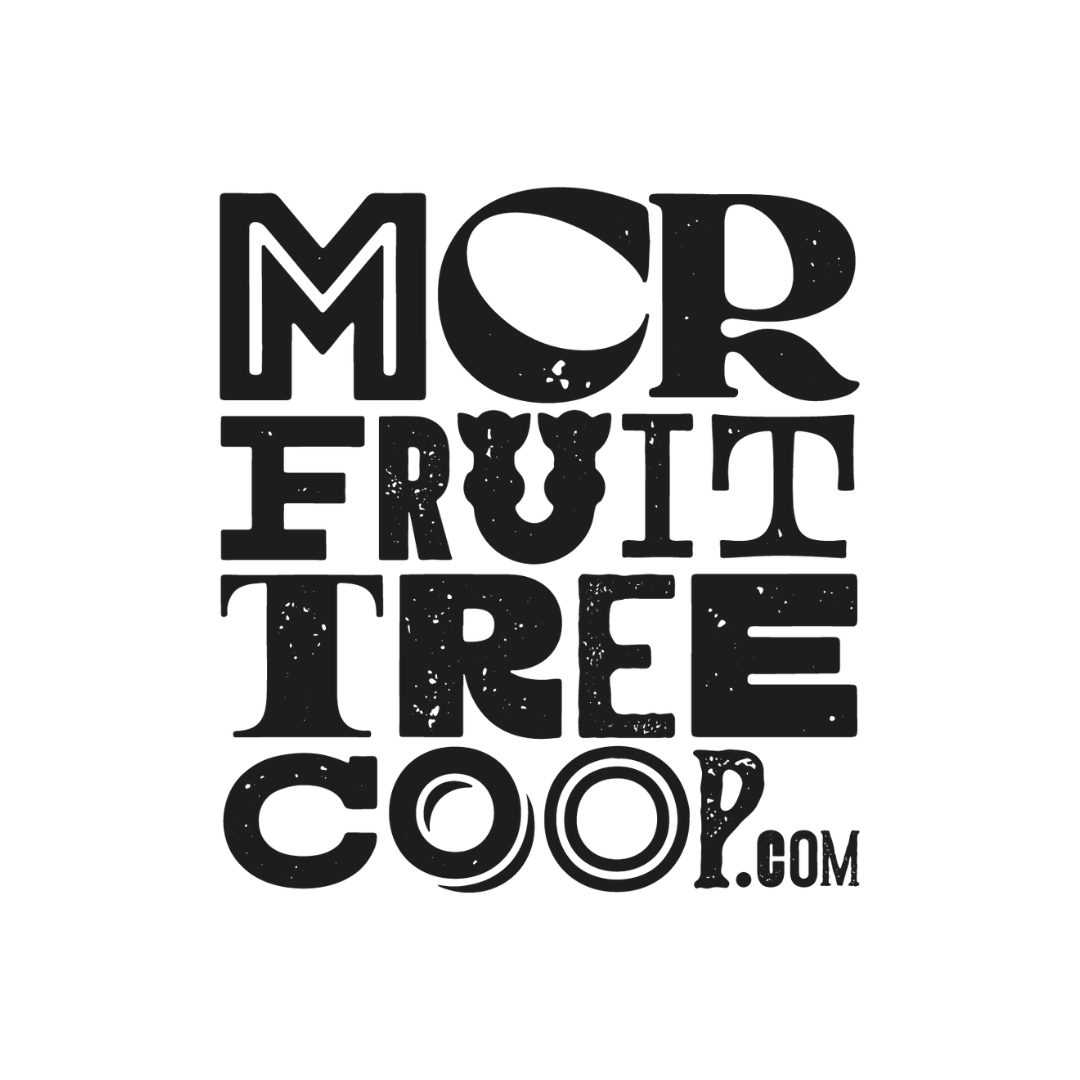Remembering Ai Hua Breckon
Dear Friends and Family,
As a gift from Ai Hua Breckon's family, and in appreciation of your involvement in the funeral arrangements, we are honoured to present each of you with an Ashmead’s Kernel apple tree. This heritage variety, known for its remarkable flavour, has been grown in the UK since the early 1700s. First cultivated by Dr. Ashmead in Gloucester, the sweet-sharp taste of Ashmead’s Kernel is widely regarded as one of the best among apples, making it a true classic.
The trees we are providing are on MM106 rootstock, which typically produces a semi-vigorous tree, growing to around 3 to 4 meters. However, this rootstock is versatile and, with the right care, can be trained into different forms such as an espalier, a stepover, or a lower-crown bush tree. With our help and advice in the years to come, you'll be able to shape your tree beautifully to suit your garden space.
At this stage, the trees are still young and will need formative pruning to help them develop into healthy, productive trees. We are happy to guide you through this process, and if you sign up for our newsletter (see form below), we’ll provide seasonal advice and tips to help your tree grow strong and bear fruit for years to come. To get you started, please watch the video below.
Here are the key steps for planting and caring for your newly grafted Ashmead’s Kernel apple tree:
Planting Time: Your tree is ready to plant out. Try to plant it before March, when the sap starts rising. If you can’t plant it in the ground, repot it into a larger planter, pot, or barrel—the bigger, the better.
Planting Depth: Ensure the tree is planted at the same depth it currently sits in its pot, using the 'nursery line' on the stem as a guide.
Location: Choose a sunny, well-drained spot with enough space for the tree to grow. If you plan to train it as an espalier, stepover, or bush tree, position it accordingly near a support structure or open space.
Watering: Water your tree regularly, especially in the first year. Keep the soil moist but avoid waterlogging.
Formative Pruning: Your trees are slightly further along and will have a top ‘terminal’ bud. Only cut this bud once the tree has reached the desired height for the crown or the first espalier/stepover branches.
Support: Stake your young tree for support until it establishes a strong root system. Use soft ties to avoid damaging the trunk.
Mulching: Apply a layer of mulch around the base, leaving space around the trunk to prevent rot. This helps retain moisture and suppress weeds.
Weed Control: Keep the area around the base of the tree free from weeds to reduce competition for nutrients and water.
Ongoing Care: We’re happy to guide you through the formative pruning process. Sign up for our newsletter to receive seasonal care tips and pruning guidance to help your tree thrive.
Video Tutorial: Watch the video below for a visual guide on pruning and planting techniques.There is also a meaningful connection that links apples back to Rachel’s current home in Kazakhstan. Modern apples, including Ashmead’s Kernel, can trace their origins to the Tien Shan mountains on the China/Kazakhstan border, not far from where she lives today. These mountains are home to the wild ancestors of all apples, which spread across the world along the Silk Road. This fascinating connection reminds us that apples carry a global history, spanning cultures and continents.
It is our own dream to one day visit these wild apple forests in Kazakhstan and see the origins of this wonderful fruit firsthand.
We hope these trees, planted in Ai Hua’s memory, will flourish in the years ahead, bringing both nourishment and a lasting tribute to her life.
With warmest wishes,
Dan Hasler
Co-Founder of Manchester Fruit Tree Coop… and long term friend of Rachel Breckon. X
Contact us.
hello@mcrfruittreecoop.com
